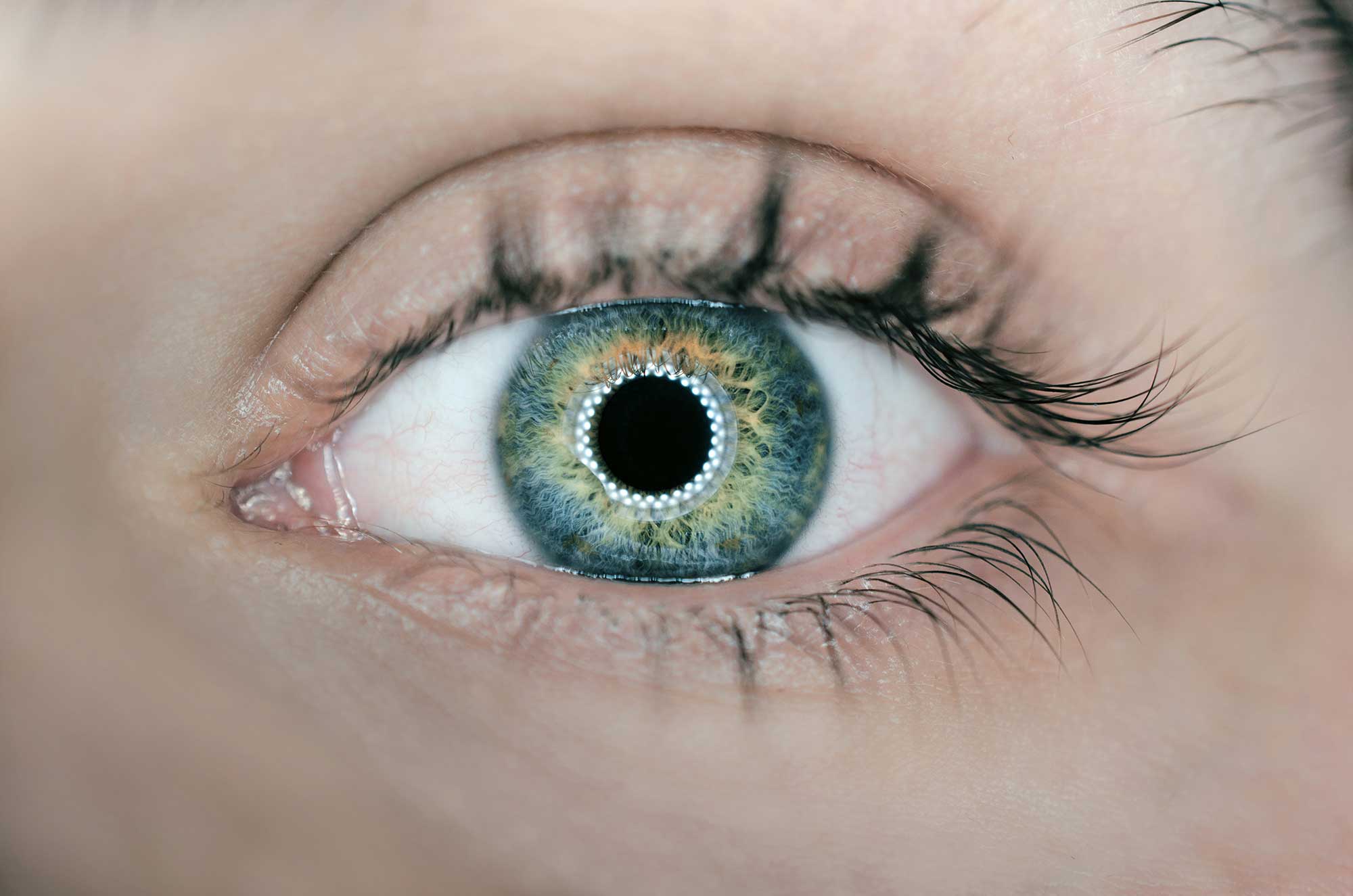Retinitis Pigmentosa: Causes, Symptoms, Diagnosis, Treatment
Most people haven’t heard of Retinitis Pigmentosa unless they know someone who has been diagnosed with this disease. Retinitis Pigmentosa is a rare and inherited condition that affects the retina of the eye. While the main cause has been identified as genetics, researchers are looking to identify other risk factors that might increase the likelihood of a diagnosis.
Causes of Retinitis Pigmentosa
The term “Retinitis Pigmentosa” actually refers to a group of eye diseases that impact the light-sensitive cells in the eye. A dominant genetic trait can be passed from parent to child, or the gene may remain recessive for generations before it appears.
So, a Retinitis Pigmentosa diagnosis is still possible, even if your parents haven’t been diagnosed with the eye disease. It is estimated that about 1% of the population are carriers of the genetic makeup that leads to Retinitis Pigmentosa.
Retinitis Pigmentosa Symptoms and Diagnosis
As this eye disease progresses, it causes degeneration in the retina of the eye. Over time, the field of vision narrows as more and more vision is lost. The progression happens slowly, but it eventually leads to blindness.
The eye disease usually affects both eyes. The first signs of Retinitis Pigmentosa usually occur in childhood. In the beginning, the cells that send light are deteriorating, making it difficult to see at night. Eventually, only a small, central area of vision remains because peripheral vision has been lost.
Retinitis Pigmentosa diagnosis includes visual field testing to see how much peripheral vision loss has occurred. Other eye tests can be done to determine whether you have lost color vision or night vision.
It is difficult to predict the amount of vision loss that will occur when someone has been diagnosed with Retinitis Pigmentosa. The best treatment plan is to maintain regular appointments with an experienced eye doctor to monitor your eye health and vision.
Retinitis Pigmentosa Treatment Options
While there is no treatment for Retinitis Pigmentosa, technology is advancing to help patients maintain at least a portion of their sight. For example, innovative treatments that show promise include the development of retinal implants. A few experimental treatments and devices have been developed in the United States, but they are only accessible for patients enrolled in a clinical trial through the FDA.
In addition to implants and prosthetics, other potential treatments might include electrical stimulation therapy. The goal is to preserve the remaining vision and prevent further progression of the disease.
If you are losing vision because of Retinitis Pigmentosa, then talk to your eye doctor about the treatment options that fit your needs. Also, don’t overlook the benefits of using adaptive therapy and devices that help you maintain independence. Early intervention with an occupational therapist can help you adjust to vision loss in the early stages, so you are prepared when the disease progresses.
Our knowledgeable and experienced team is here to provide the support and care that you need to maintain optimal eye health. If you have questions about eye diseases, or it is time for an exam, we invite you to call us to schedule an appointment.






